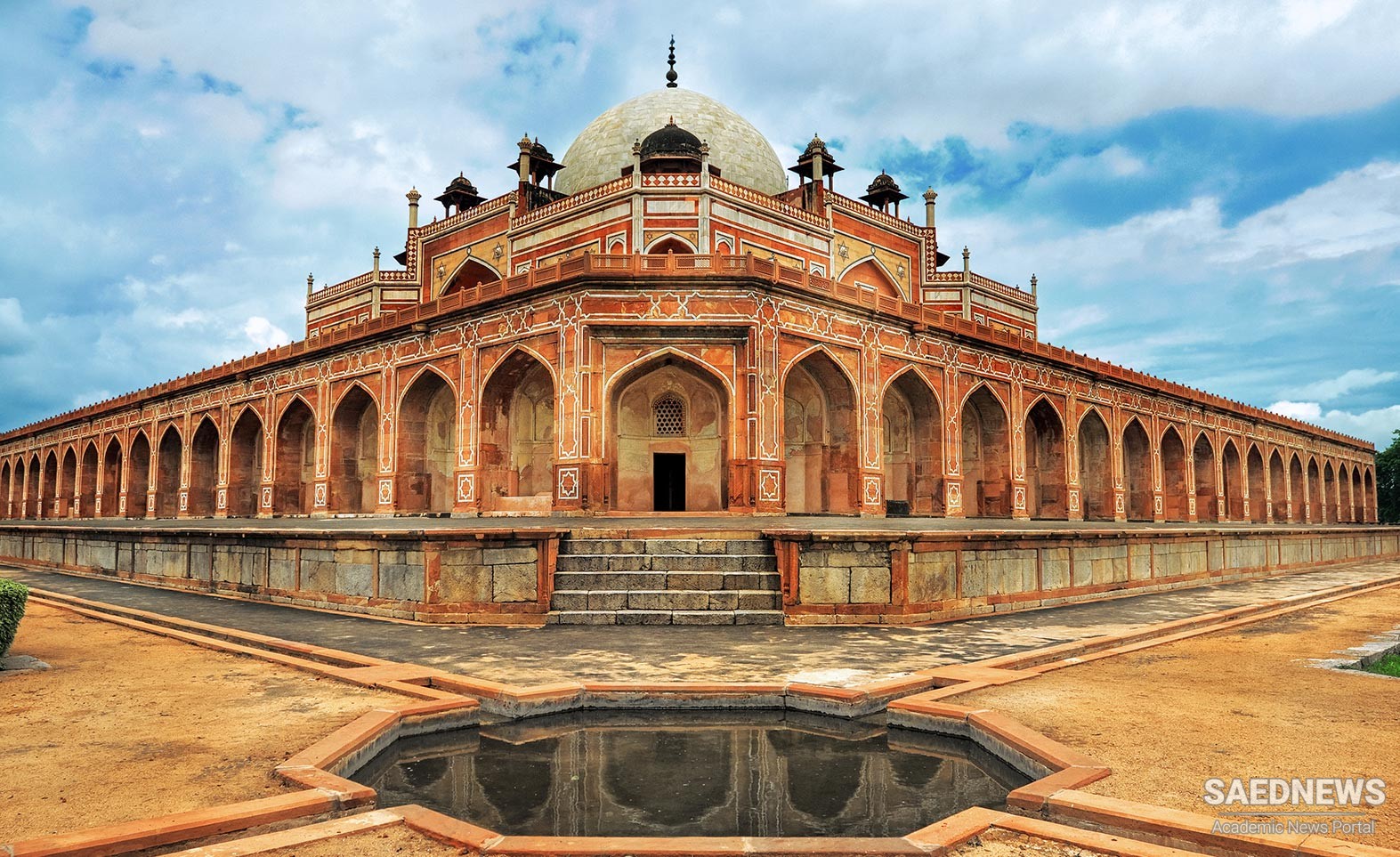Islam has been identified as the religion where the most pilgrimages are made, although, in fact, most religions require their adherents to visit its sacred places to help relieve spiritual or material troubles. Before the development of mass systems of transportation in the 19th century, most religious travellers had to walk to their destination (only the wealthy could afford to travel on horseback or by carriage). Even so, the wealthy were expected to walk at least some of the way during pilgrimage.
Religion has long influenced, and been influenced by, population movements and continues to do so, as we can see today with significant increases in the numbers of pilgrims and religious tourists. Although today there is a growing trend for religious believers to travel in groups organized by or through their respective religious organizations, this is not a modern phenomenon; most travelled in groups, satisfying the desire for companionship and social life alongside the primarily religious motivation and, at the same time, demonstrating the strength of that religion to outsiders. An essential feature of pilgrimage was the large numbers who gathered together at sacred sites: hundred of thousands, for example, continue the tradition of being together for the celebration of Kumbh Mela in India.
Religious motive is a complex concept with more than one meaning, and has different levels of intensity depending on individual belief and social context. It is generally agreed that religion has been, and is, a prime motive for undertaking travel and, in this context, travel to sacred sites and religious events and festivals. Even where religion is the main motive, other motives can come into play: for example, whilst it is clear that medieval Crusades to the Holy Land were underpinned by religious motives, they were also seen as opportunities for adventure, advancement and wealth creation.
Even modern-day religious pilgrimage can be seen as an opportunity for adventure – many pilgrimage sites are situated in remote areas, requiring several days’ travel on foot. Motivation for pilgrimage, historically, has also been linked with religious conflict: for example, a large pilgrimage aiming to preserve Jerusalem for Christianity followed the Pope’s proclamation that the Holy City had been desecrated by Turkish occupation. This is not unusual in the history of religions: religious tourism and many pilgrimages have resulted from conflict between religions. Religious practice influences both the motives for pilgrimage and the quality of the experience. The Catholic Church’s granting of indulgences in the Middle Ages affected people’s motivation for pilgrimage: although the main motivating factor was forgiveness of sin, an unintended effect was a weakening of spiritual motivation.
Motivation for religious tourism and religious pilgrimage, therefore, is complex, multifaceted and multilayered. It can be anticipated that, given the intensity of motivation needed for pilgrimage, expectations will be higher than for the religious tourist. This was demonstrated in Poria et al.’s study of visitors to the Wailing Wall in Jerusalem: Jewish pilgrims’ motivations were based on their desire for an emotional experience, since the site was part of their own heritage, whereas Christians’ motivation was primarily due to the site being an historic tourist attraction.
Motivation, furthermore, can change where the individual switches activities, for example, from being a pilgrim to a tourist and vice versa, often without the individual being aware of the change. Several studies show that religion explains people’s behaviour as tourists – acting as a motivating force and also as a constraint. The whole spectrum of motivations, from eagerly anticipated spiritual experience to idle curiosity, therefore, should be expected at religious sites. It should not be forgotten that pilgrims and religious tourists need to have their basic needs met en route and at the destination – in that way they behave like other tourists. Care should also be taken to avoid conflict with local beliefs – it has been reported that some higher-class hotels in Nepal import beef for visitors in a Hindu country where the killing of a cow is believed to be a crime.


 Religious Tourism and the Experience of the Sacred
Religious Tourism and the Experience of the Sacred














































